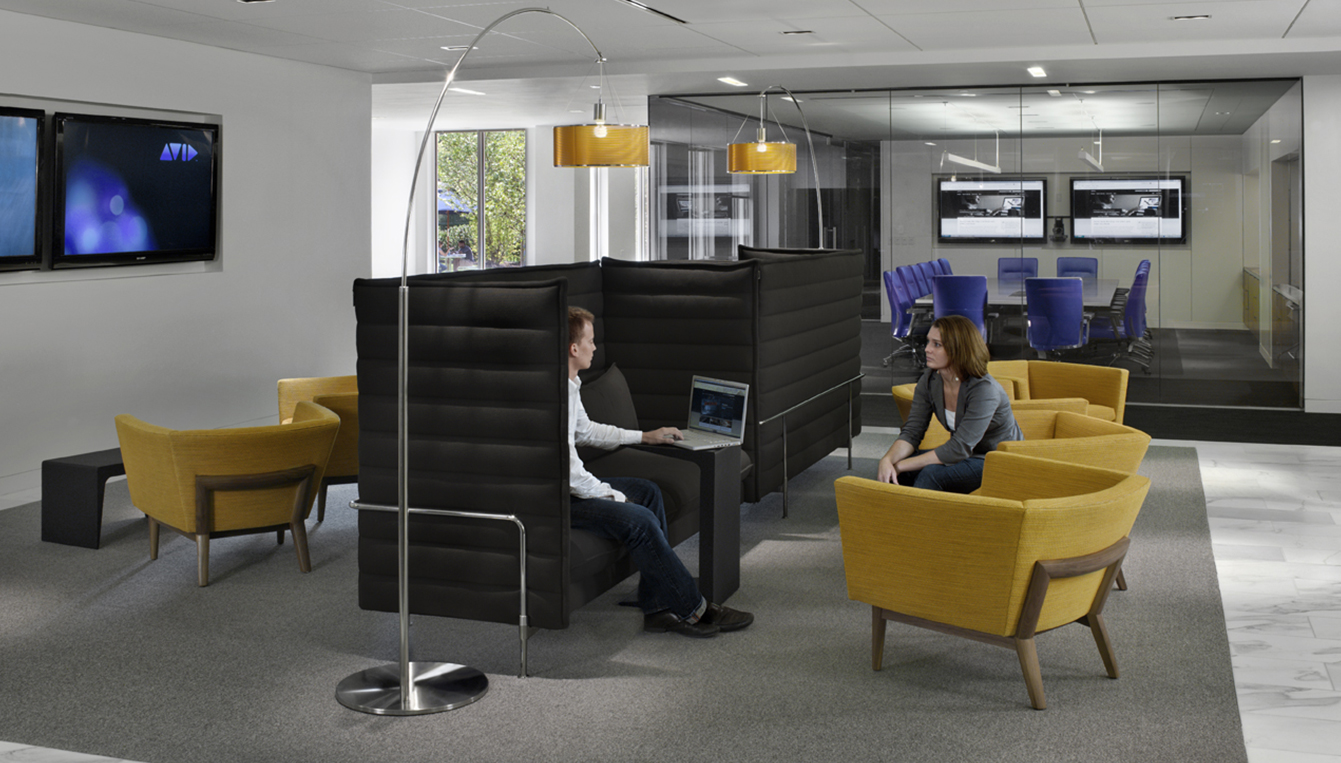Corey Salvatore
Director, Technology Group
Principal

Let’s face it: with 4k TVs easily available at Best Buy, cloud-accessible software wherever you have an internet connection, and new laptop models debuting at under $200 a pop, technology is more accessible than ever. However that wasn’t always the case… Remember when Matthew Broderick’s IBM PC XT was considered state-of-the-art in Ferris Bueller’s Day Off? Today, expecting people to work with a device like that would be laughable. With high-resolution and lightning-fast consumer products flying off the shelves for deep discounts, it is easy to wonder why the bill for upgrading a “simple” AV system can be so expensive. Looking at how cheap everything is in the home technology market, it’s a fair question to ask.
After all, when you’re in a huddle room, for example, there isn’t usually much more than a flat panel display with an input connection. Wouldn’t it just be simple enough to set up an Amazon Business account, get a new screen, and install it in your office? Some owners have decided to make that shift when fitting out their environments. If you’re thinking of doing the same though, you should consider all of the options and their implications before you arrive at an answer.
Although these systems may look the same, there is a very big difference between a “professional”/“commercial grade” display and its “residential”/“consumer grade” counterpart. Professional models that you see in a typical breakout room have some huge advantages on their side. One of the biggest being the quality and longevity of the product—not only in terms of the physical construction, but the manufacturing and the internal components used. Manufacturers within the professional grade industry also have much tighter limits on quality control, which additionally results in fewer “dead on arrival” units. All of this can lead to a lower total cost of ownership (TCO) over the life of the overall AV system. Since these units typically last longer, they also generally have longer and more comprehensive warranties.
You also have to consider the use case of the display. For example, if it is being used in a digital signage application, you’re going to need a product that is capable of running hours on end, multiple days at a time (if not 24/7), which you’re not going to find in a consumer grade display. Professional models are also going to have consistent color output, so all displays “look” the same when turned on and are configured. And if for some reason they’re not, it’s easy enough to calibrate them. Doing this with a set of displays intended for personal use requires a lot more time, energy, and (of course) money, assuming you even have access to those settings (which many displays do not). There are other advantages as well, such as being able to manage and control commercial grade items globally over the data network.
When considering whether to purchase commercial or consumer grade AV, price should not be the only factor, as you can see. The initial savings can quickly be eaten away by constantly having to re-purchase systems, hiring individuals to re-calibrate displays, and attempting to retrofit them into an existing AV ecosystem. That’s not to say that consumer grade products don’t have their place. But that place might not be your facility.